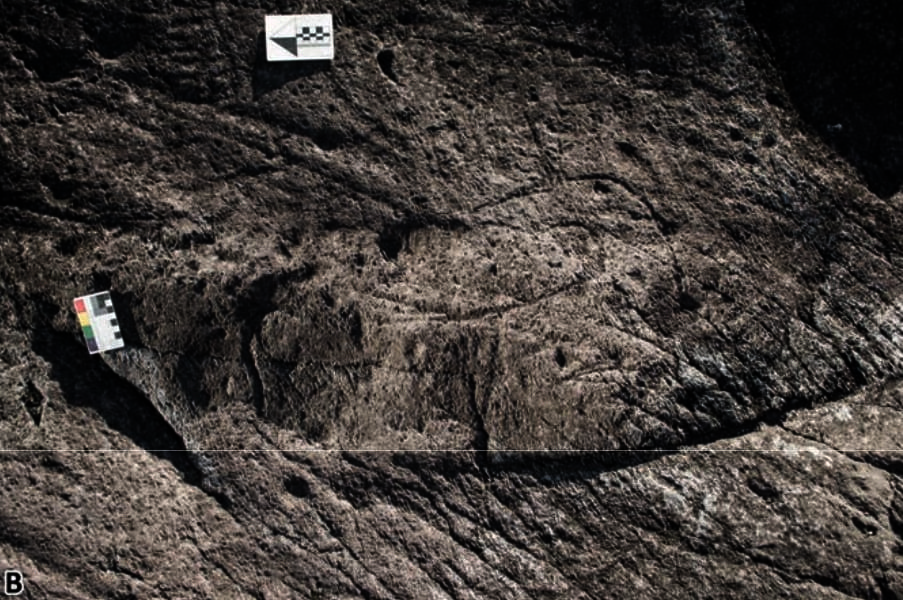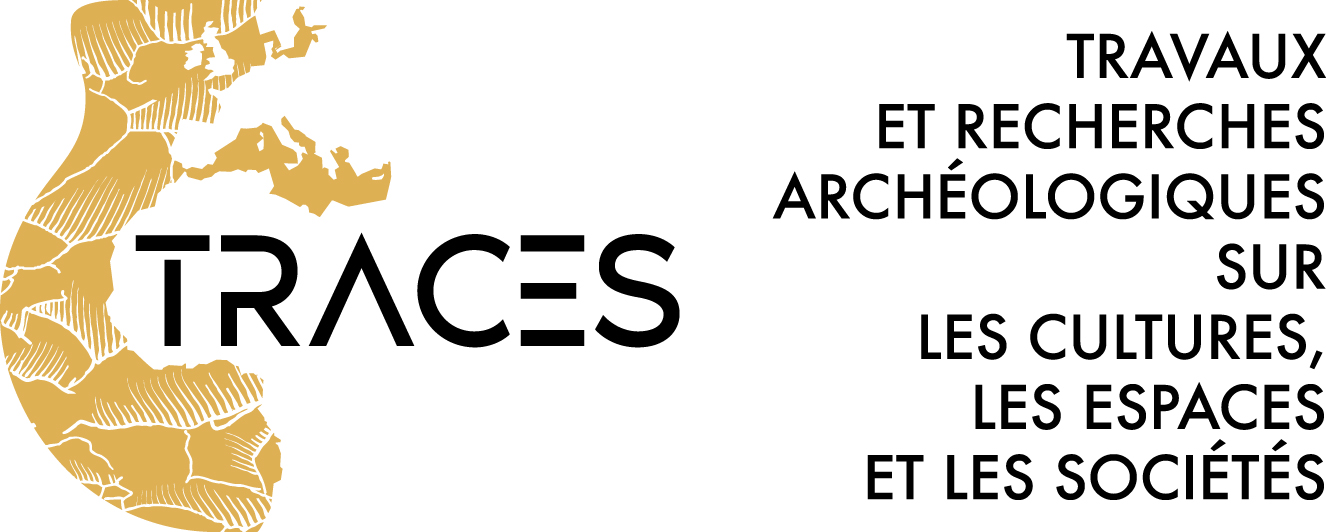-
Partager cette page
Towards a new perspective on the rock art sites-landscape relations in the Upper Palaeolithic of Valcamonica (N-Italie)

Une publication de D. Cigari et L. Forti
Valcamonica, an Alpine valley in northern Italy, boasts one of Europe’s largest concentrations of open-air rock art that had been produced over millennia, from the Upper Palaeolithic upto historical times. The richness and the long chronology of its rupestrian heritage pose crucial questions around the dynamic dimension of the rock art sites, according to the geomorphology of the territory and the selection of the rocks to be engraved, in the different chronological phases of the Valcamonica human occupation. Within the frame of the new research project PARC-Paesaggi dell’Arte Rupestre Camuna (Landscapes of Valcamonica Rock Art), we elaborate a DTM map providing a characterisation of the landscape surrounding those rock art and settlement sites attributed to the Upper Palaeolithic. This led to recognition of some features linked to the two site typologies. Crossrelating the viewshed projections from LUINE.034, LCR.006 and Cividate Camuno hut, we access the intervisibility patterns among the sites, highlighting how the Valcamonica territory was conceived as a structured space. Finally, this first step highlights how the implementation of the available data and the elaboration of PARC will provide a useful tool as well to understand the taphonomy of the rock art, favouring the elaboration of preservation plans in the future.






